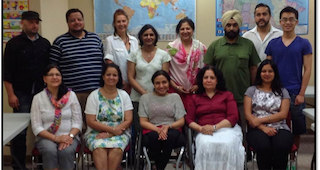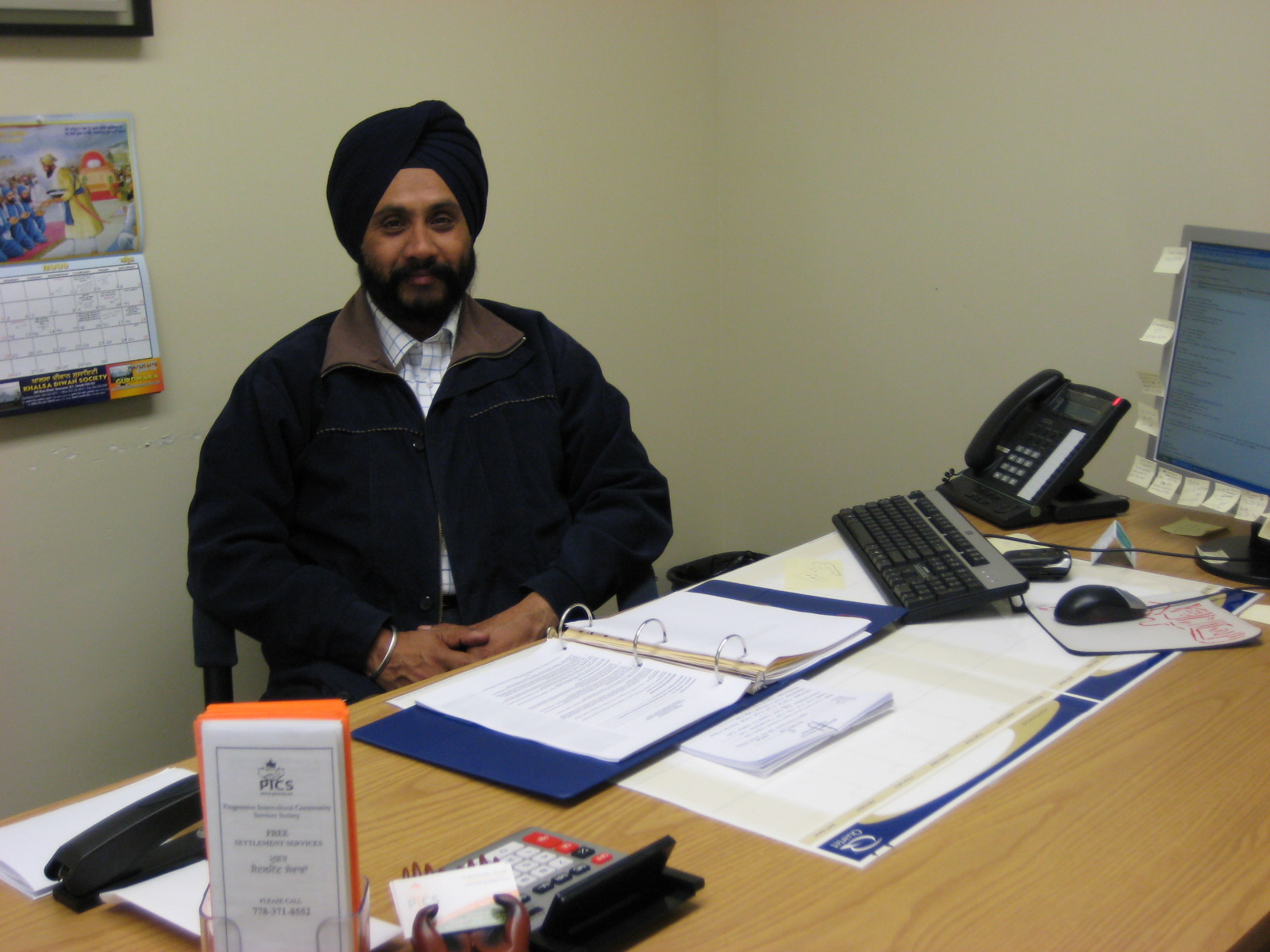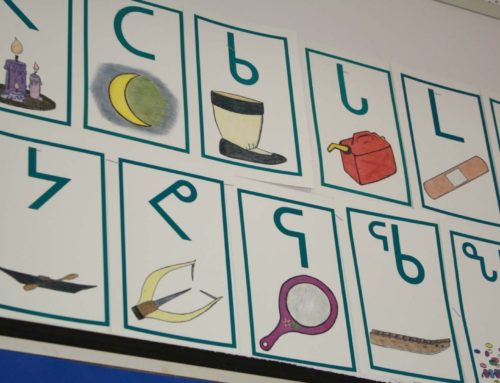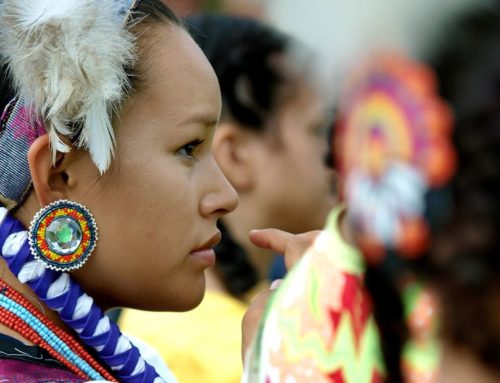A story of adaptation and new opportunities
Punjabi-speaking immigrants who live in Metro Vancouver are extremely hard-working people who make a significant contribution to the economic growth of Canada, according to an official with the Progressive Intercultural Community Services (PICS) Society.
Raminder Pal Singh Kang also said in an interview that he expects Punjabi-speaking immigrants from India will continue to come to Canada and help the nation’s economy grow.
“I think they will continue to do so,” said Kang, the society’s settlement program coordinator. “They are very hard-working, coming from the Punjab.”
A registered non-profit society, PICS provides help to new immigrants, most of whom are Punjabi-speaking. The organization offers settlement and housing services, English-language courses, and social and employment programs.
According to the PICS website, the services provided assist new immigrants, seniors, farm workers, women and youth. “We work diligently to provide responsive programs that address various issues within our community by promoting harmony and intercultural understanding for the purpose of building a more inclusive and mutually respectful society,” the website says.
PICS, which was started in 1987, receives funding from both the federal and provincial governments as well as private individuals, local organizations, and diverse foundations. It has offices in Surrey and Vancouver.
A recent blog posting on the LAT Multilingual website noted that Metro Vancouver’s 2011 population of 2.3 million people is expected to expand by more than one million additional people and 600,000 new jobs in the next three decades.
Immigrants from India are one of the reasons that Surrey, the fastest growing city in the Metro Vancouver region and the second largest, is expected to see its population jump from 468,251 in 2011 to equal Vancouver’s at 740,000 in 2041.
Statistics Canada said that Panjabi (Punjabi) was the most common mother tongue other than the two official languages (English, French), in B.C. in 2011. But taking second, third and fourth place were Cantonese, Chinese and Mandarin. If put together, those three reported languages would easily be the leader among non-official languages.
The data also shows that 36.5% of the population in Metro Vancouver reported English only as mother tongue, 1.2% reported French only, and 59.6% reported a non-official language only.
In Surrey, 44.3% reported a non-official language as their mother tongue, with 29.5% speaking a non-official language at home. Punjabi, Tagalog and Hindi were the top three non-official languages.
Kang said up to 12 people working at the society’s settlement program help approximately 3,000 clients a year with a variety of needs, including learning English.
Raminder Kang- ©PCIS
He said PICS has the capacity to deal with clients in Punjabi and eight other languages.
Younger people coming from India, the educated and those with skills training usually speak better English than older clients and those from more rural backgrounds, he said.
Many clients can already read and write English, he added, but need help with conversational English.
Kang said the society also helps clients fill out various government forms and at times makes telephone calls to official agencies for them. The society assesses the clients’ educational and skills levels while trying to develop both short-term and long-term goals.
The first goal for most new immigrants, he said, is to find a job as quickly as possible, even if it does not match their employment history back in India. After the clients have learned English or brushed up on speaking the language they move into a new phase which often means looking for a better job.
Kang said skilled workers can usually eventually find a job that comes near to matching their previous expertise. Many people from rural India find seasonal and agricultural work in Metro Vancouver or get a job through connections with their extended families.
“It’s a very close-knit community and a large community, in Surrey especially,” he said of people who came here from India.
He added that in the past he found very few people wanted to start their own businesses upon first arriving in Canada. Now, however, he has noticed more clients are wanting to establish their own business right after they arrive here.
“I see many people who come here doing the same sort of work they did back home,” Kang said. “People come for their own development and quality of life and better opportunities.”
As part of their transition to a different country, new immigrants also face learning about the broader Canadian culture.
“It’s a big change and it depends on individuals,” he said of the need to understand a new way of doing things. “They have to and they do.”
Do you wish to connect with a non-English speaking community? We can help!





